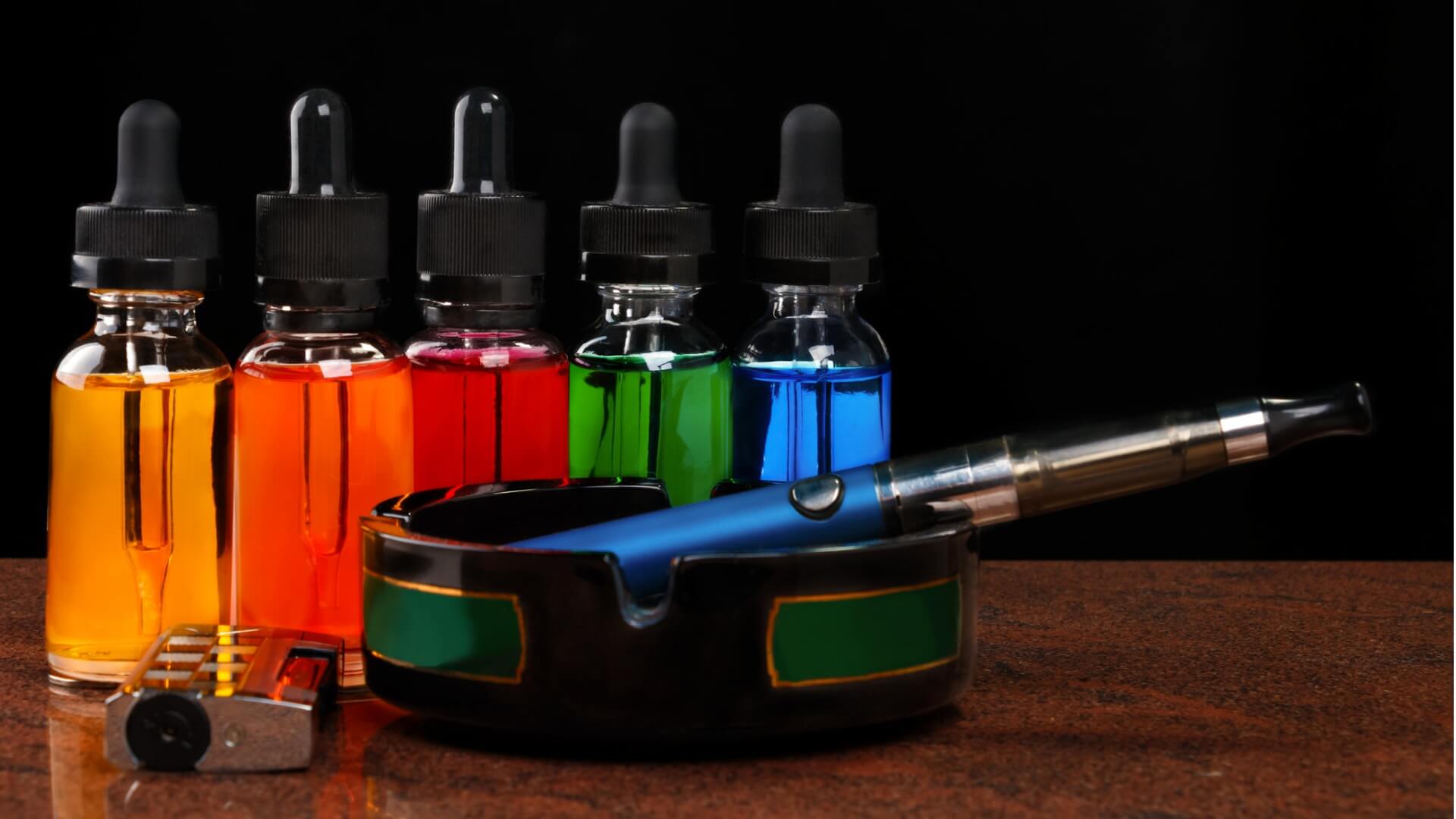Vaping cannabis has become increasingly popular as more consumers turn to the plant for its medicinal benefits. This means that there are a lot of people new to weed trying to navigate the many vaping options out there, and when terms like atomizer are thrown into the mix, it can seem complicated.
Vaporizers should really be called atomizers because the atomizer is the pen’s heating element. It “atomizes” the flower or oil, or turns the cannabis product into tiny liquid droplets that can be inhaled. It is the most essential component of a vaporizer because, without it, there would be no vapor.
Mechanically speaking, the battery powered atomizer is comprised of the wick and the electronic coils. The wick (typically made from cotton or silicon fibers) absorbs the oil from the cartridge and allows it to travel to the e-coils (made from resistance wire). As long as the cartridge contains oil, the atomizer will be able to produce vapor. Once the oil makes contact with the e-coils, the battery powered heating element wrapped around the wick, it is converted to vapor.
An atomizer’s power is measured in ohms. The lower the ohms, the more powerful the machine. If you’re looking for a discreet vape, you want less power. If you’re looking for huge clouds of vapor, you want more power. You can also determine how powerful you want your atomizer to run by taste. If a minimal amount of vapor is being produced, you need more power. If the vapor tastes burnt, you need less power.
3 Different Types of Atomizers
Cartomizers are the cheapest and most common heating element out there. They are disposable, which means you can just replace them when you’re ready for a new flavor. They also offer the convenience of coming prefilled. However, you get what you pay for. Cartomizers are increasingly considered outdated. Refilling them is possible, but it’s a difficult process that could end up destroying the vape pen entirely if done incorrectly. And while they may be cheaper at first, replacing them over time can become an expensive habit.
Clearomizers are the recent and most expensive option. Clearomizers can hold the most oil in their clear tanks. Since the tanks are clear, it’s easy to see how much oil is left. Another benefit to using a clearomizer is that it offers multiple avenues for customization. They can be rebuilt, so users can determine the tank size, resistance level (power), and the wicking material. This makes them a good choice for veteran users who want more control over their vaping experience. However, clearomizers are also very easy to use which makes them a good option for beginners as well. Just add the oil to the tank and enjoy.
Drip tip atomizers are the original atomizer. Users drip their cannabis oil directly to the heating element one drop at a time—no cartridge is used. Why would someone want to constantly have to drip oil in this way? The flavor profile. Dripping is the preferred method for consumers who want to enjoy the depth of their cannabis’ flavor. These atomizers are ideal for advanced users who invest in the most flavorful cannabis oils on the market.
How Vaporizers Work and Why You Should Use One
Rather than charring the flower or oil placed on its heating element, a vaporizer gets hot enough to turn the cannabis product into vapor but keeps the temperature low enough to avoid burning. This means that consumers are inhaling cannabinoids rather than a cocktail of toxic residue.
Cannabis is medicine, but its most popular consumption method can have a deleterious effect on health. Combustion—setting cannabis on fire and then inhaling the ensuing smoke from a bowl, bong, or joint for example—has been the most prevalent way people looking for quick relief enjoy their pot. That’s because the onset of effects happens within minutes of the cannabinoids being inhaled. But cannabinoids aren’t the only compounds transferred to the body through the smoke.
The process of combusting plant matter causes the molecules within the plants to break down and become free radicals. Free radical interactions can create a massive amount of new substances. One of these byproducts is carcinogenic toxins called polycyclic aromatic hydrocarbons (PAHs). Significant concentrations of PAHs have been detected in the resin coating bowls.
The protective properties of cannabinoids may mitigate the toxicity of these substances, but the ideal scenario is one excluding the inhalation of cancer-causing agents. In addition to that hazard, combustion also causes pulmonary irritation. Vaping avoids these issues.
Here’s another plus to vaporizing: the vapor has a higher concentration of cannabinoids and terpenes than cannabis smoke does. Cannabinoids require heat to decarboxylate. This process allows them to drop a carboxyl group and synthesize into compounds that produce potent therapeutic effects.
On the flip side, terpenes, the therapeutic compounds that give cannabis strains their unique flavor profiles, are extremely volatile. Heat destroys them. To optimize cannabis’ medical capacity, consumers should do their best to preserve terpenes while activating cannabinoids.
Cannabis researcher Ethan Russo suggests that the synergistic relationship between terpenes and cannabinoids, also known as the “entourage effect”, may have the potential to treat “pain, inflammation, depression, anxiety, addiction, epilepsy, cancer, fungal and bacterial infections.” Unlike combustion methods (which waste both cannabinoids and terpenes due to extreme heat), vaporizers allow consumers to create the ideal temperature for the entourage effect.
Because of this added potency, novice users should take extra caution when vaping cannabis for the first time. Higher concentrations of THC (the primary cannabinoid responsible for pot’s psychoactive effects) have been detected in vaporized versus combusted weed, so new cannabis consumers should be prepared for a super powerful high and potential adverse reactions including paranoia and anxiety.



